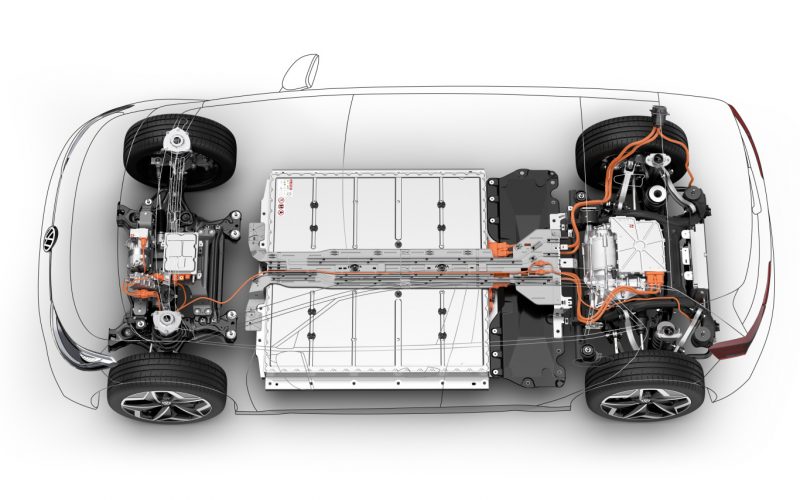
Reading Time: 2 minutesThe wave of electric vehicles (EVs) is steadily cresting, promising more sustainable transportation. While many are
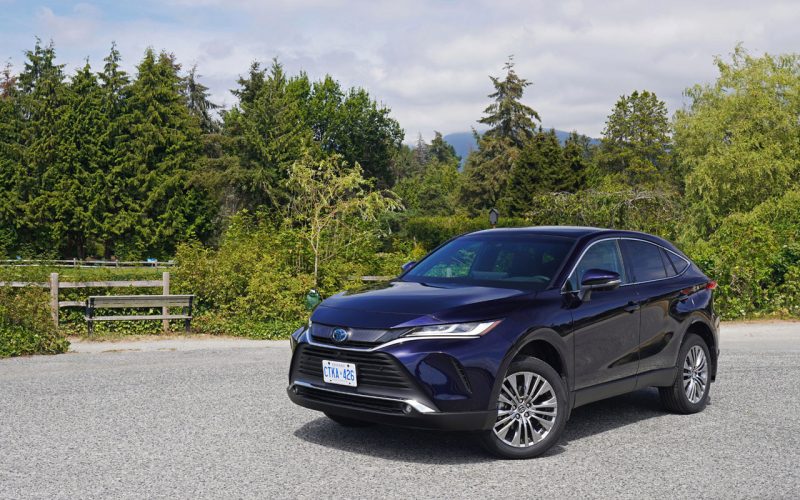
Reading Time: 13 minutesIt’s been about a year since I got back behind the wheel of Toyota’s completely rethought
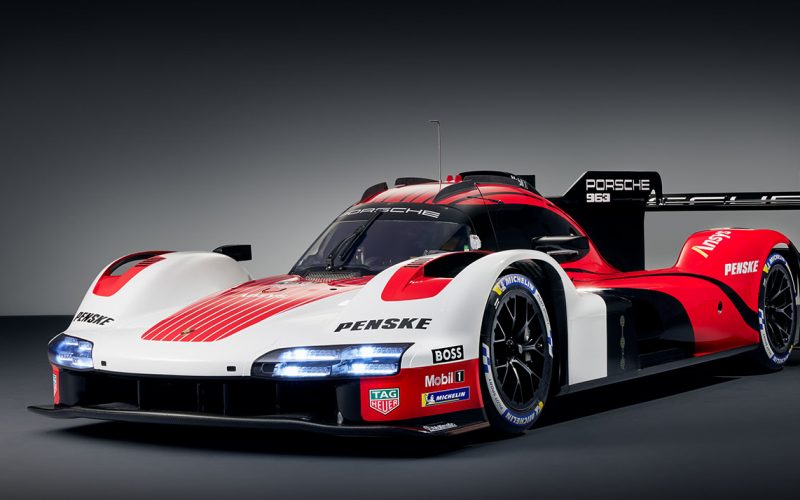
Reading Time: 3 minutesThe Goodwood Festival of Speed, based in Chichester, West Sussex, has become the U.K.’s must-go annual
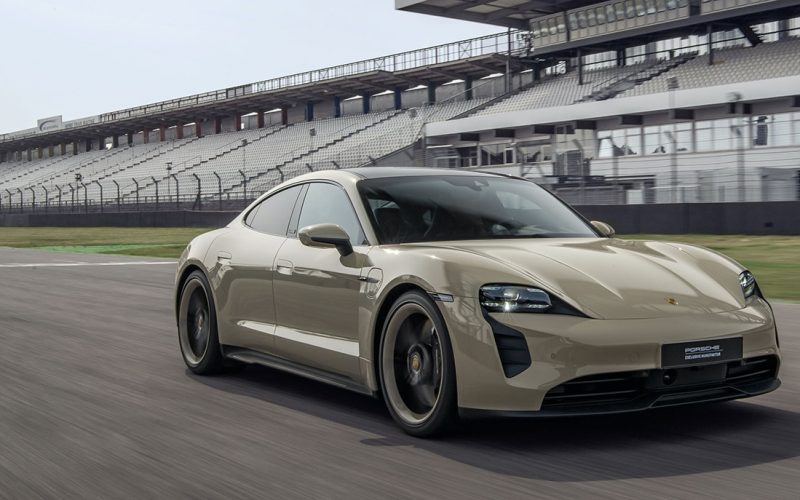
Reading Time: 5 minutesEveryone who follows the auto industry knew that Tesla’s Model S would eventually get knocked from
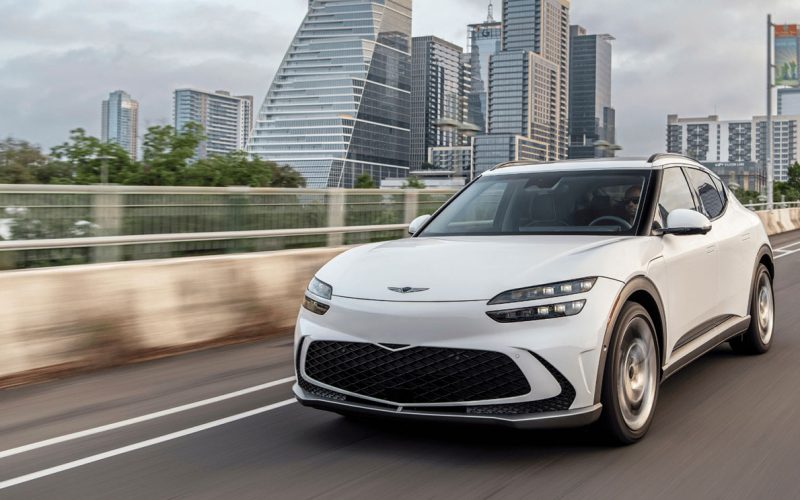
Reading Time: 9 minutesIf you’ve been fortunate enough to spend time in Hyundai’s new Ioniq 5 EV or sister
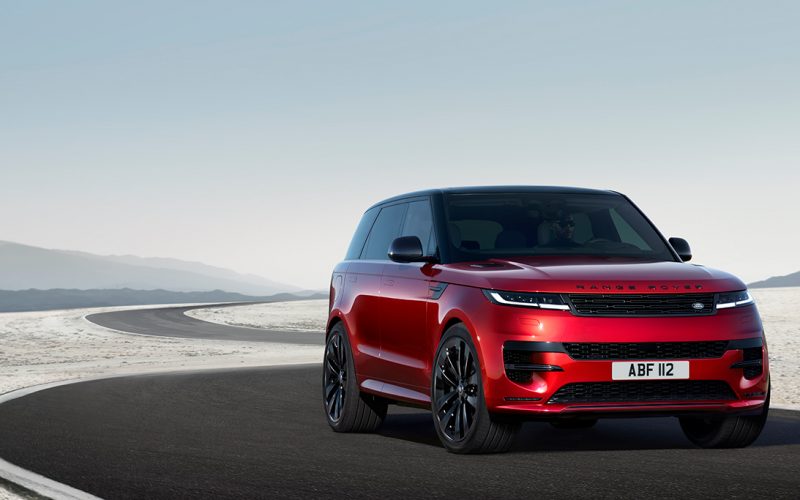
Reading Time: 9 minutesLand Rover has just pulled the wraps off its third-generation Range Rover Sport (compare it to
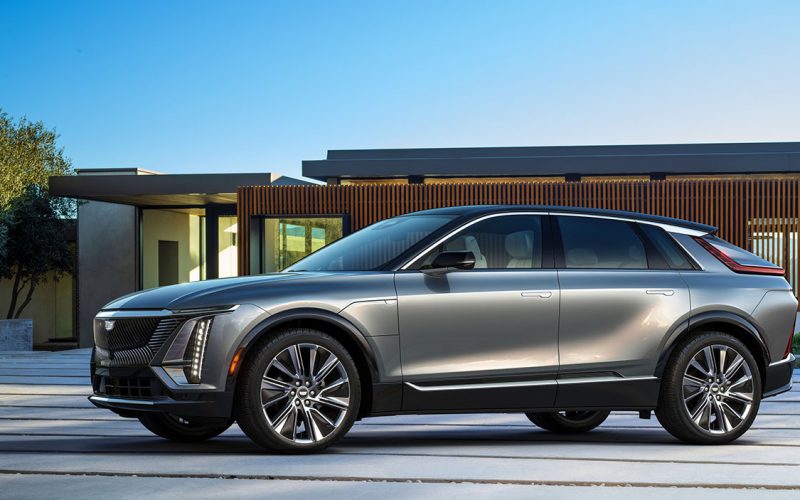
Reading Time: 7 minutesWhen the 2023 Cadillac Lyriq arrives this fall, it will be price below $70k, including destination
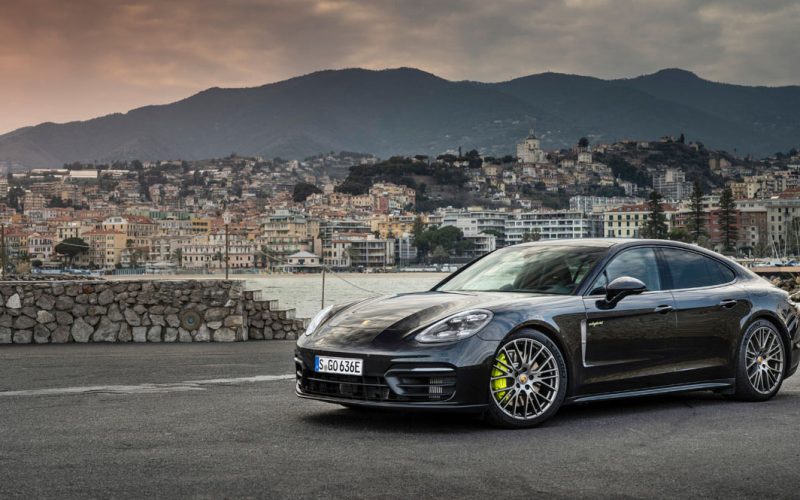
Reading Time: 2 minutesWith electric-only mobility ranging from 30 to 50 kilometres, most plug-in hybrid buyers won’t be expecting
© 2025 The Car Magazine. All Rights Reserved, Privacy Policy | Terms of Use